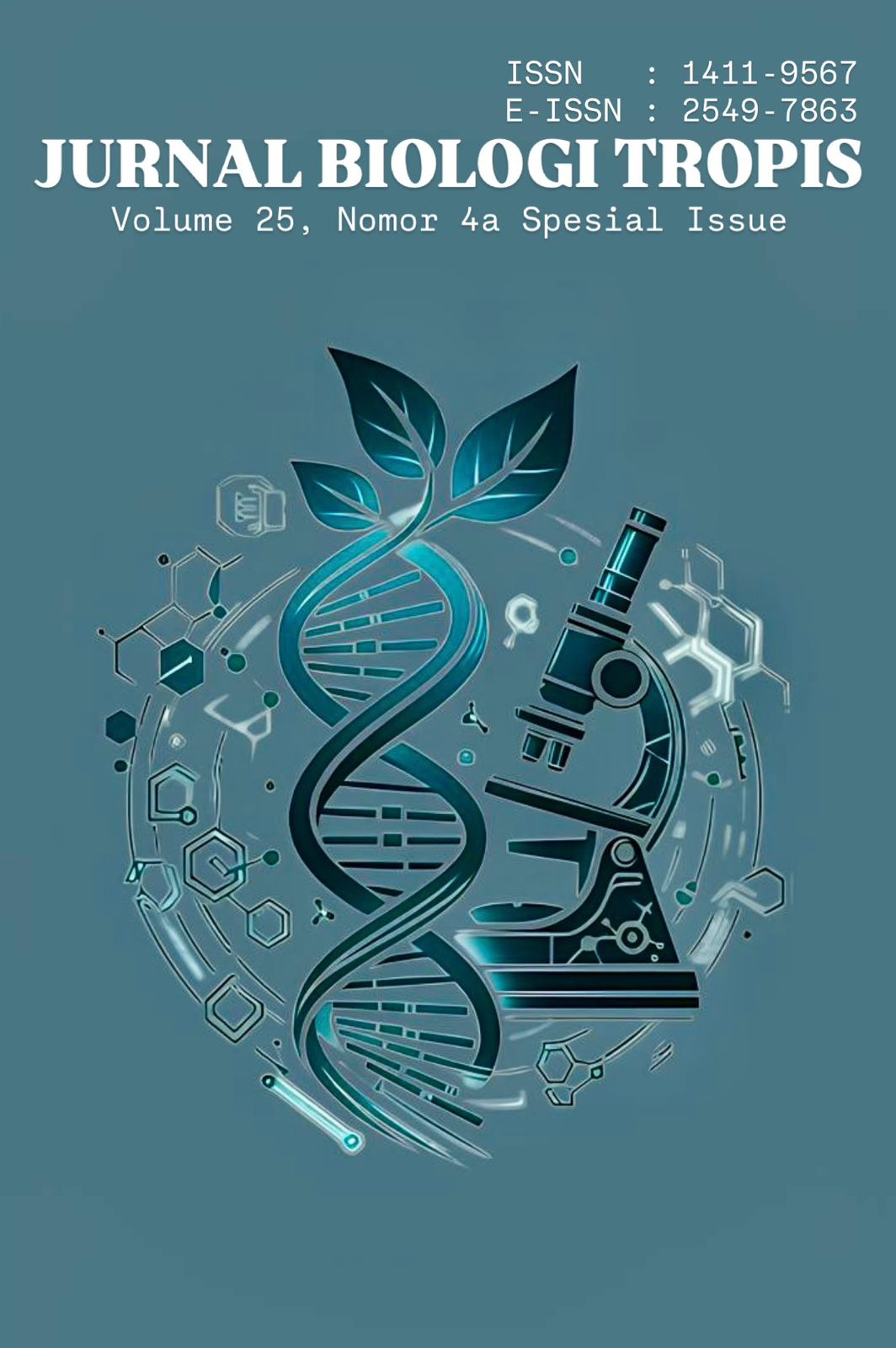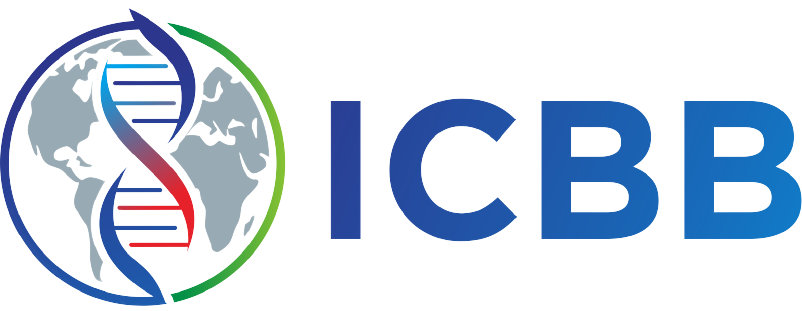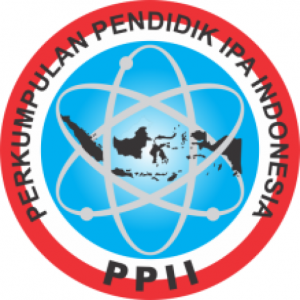Cerebral Palsy: Risk Factors, Pathophysiology, Clinical Manifestations, Diagnosis, and Management
Authors
Ida Ayu Andara Damayanti , I Nyoman Dio Yudha Prawira , Syabila Andini , Hanum Retno Hanifah , I Made Danuarta Wiguna , Baiq Nurhandini Wulandari , Khansa Aulia Sabrina , Andi Husnul Khotimah , Shira Putri Wardana , Rifqi Rizqullah , Muhammad HaikalDOI:
10.29303/jbt.v25i4a.10564Published:
2025-11-06Issue:
Vol. 25 No. 4a (2025): Special IssueKeywords:
Cerebral palsy, Cilninal manifestation, Diagnosis, Risk factor, TreatmentArticles
Downloads
How to Cite
Downloads
Metrics
Abstract
Cerebral palsy is a non-progressive neuromotor disorder and the leading cause of motor disability in children worldwide, particularly in low- and middle-income countries. This study aims to examine the risk factors, pathophysiology, clinical manifestations, diagnosis, and management of cerebral palsy based on recent scientific literature. This article includes a systematic literature review using the PRISMA method and selected 15 articles that met the inclusion and exclusion criteria. The results of the systematic literature review were obtained risk factors for cerebral palsy include intrauterine infection, preeclampsia, premature birth, asphyxia, and hypoxic-ischemic encephalopathy and hyperbilirubinemia. These risk factors can disrupt neurogenesis and brain maturation, leading to structural and functional damage to the central nervous system. Clinical manifestations of cerebral palsy include impaired muscle tone, abnormal reflexes, and postural deformities, classified as spastic, dyskinetic, and ataxic, and assessed using the Gross Motor Function Classification System (GMFCS). The diagnosis of cerebral palsy is established through evaluation of the clinical history, neurological/motor examination, neuroimaging, and genetic testing. Cerebral palsy management aims to improve functionality, ability, and health in movement, cognition, social interaction, and independence. Non-pharmacological management focuses on physiotherapy and occupational therapy to improve motor skills, reduce spasticity, and support independence. The mainstay of pharmacotherapy in cerebral palsy management uses systemic medications that are symptom-based and directed at specific movement disorders.
References
Apriani, F. D. (2020). Deteksi Dini Cerebral Palsy Pada Bayi Sebagai Upaya Pencegahan Keterlambatan Dalam Diagnosis. Gema Kesehatan, 10(2), 70–76. https://doi.org/10.47539/gk.v10i2.83
Chen, D., Huang, M., Yin, Y., Gui, D., Gu, Y., Zhuang, T., ... & Huo, K. (2022). Risk factors of cerebral palsy in children: a systematic review and meta-analysis. Translational Pediatrics, 11(4), 556.
Chin, E. M., Gwynn, H. E., Robinson, S., & Hoon, A. H. (2020). Principles of Medical and Surgical Treatment of Cerebral Palsy. Neurologic Clinics, 38(2), 397. https://doi.org/10.1016/J.NCL.2020.01.009
Elmagid, D. S. A., & Magdy, H. (2021). Evaluation of risk factors for cerebral palsy. The Egyptian Journal of Neurology Psychiatry and Neurosurgery, 57(1). https://doi.org/10.1186/s41983-020-00265-1
Graham, H. K., Rosenbaum, P., Paneth, N., Dan, B., Lin, J., Damiano, D. L., ... & Lieber, R. L. (2016). Cerebral palsy. Nature Reviews Disease Primers, 2(1). https://doi.org/10.1038/nrdp.2015.82
Hallman-Cooper, J. L., & Cabrero, F. R. (2024). Cerebral Palsy. StatPearls. https://www.ncbi.nlm.nih.gov/books/NBK538147/
Ibrahim, R., & Syafitri, P. (2022). Efektivitas Intervensi Bobath Pada Anak Dengan Cerebral Palsy: Artikel Reviu. Indonesian Journal of Health Science. https://doi.org/10.54957/ijhs.v2i2.211
Izzah, A. N., Irwanto, I., Andriati, A., & Gunawan, P. I. (2021). Assessment Quality of Life in Children with Cerebral Palsy, Ages 2–18 Years. Jurnal Berkala Epidemiologi, 9(2), 166. https://doi.org/10.20473/jbe.v9i22021.166-174
Jahan, I., Al Imam, M. H., Karim, T., Muhit, M., Hardianto, D., Das, M. C., ... & Khandaker, G. (2020). Epidemiology of cerebral palsy in Sumba Island, Indonesia. Developmental Medicine and Child Neurology, 62(12), 1414–1422. https://doi.org/10.1111/dmcn.14616
Khan, S. A., Talat, S., & Malik, M. I. (2022). Risk factors, types, and neuroimaging findings in Children with Cerebral Palsy. Pakistan Journal of Medical Sciences, 38(7). https://doi.org/10.12669/pjms.38.7.6175
Lariza, B. B., Artanti, K. D., & Hidayat, T. T. (2021). Prenatal risk factors on children’s cerebral palsy case at RSIA Bunda Jakarta. Biomolecular and Health Science Journal, 4(2), 80. https://doi.org/10.20473/bhsj.v4i2.27449
Lestari, A. F., Sitaresmi, M. N., Sutomo, R., & Ridhayani, F. (2024). Factors affecting the health-related quality of life of children with cerebral palsy in Indonesia: a cross-sectional study. Child Health Nursing Research, 30(1), 7–16. https://doi.org/10.4094/chnr.2023.027
Mcintyre, S., Taitz, D., Keogh, J., Goldsmith, S., Badawi, N., & Blair, E. (2012). A systematic review of risk factors for cerebral palsy in children born at term in developed countries. Developmental Medicine & Child Neurology, 55(6), 499–508. https://doi.org/10.1111/dmcn.12017
Morgan, C., Fahey, M., Roy, B., & Novak, I. (2018). Diagnosing cerebral palsy in full‐term infants. Journal of Paediatrics and Child Health, 54(10), 1159–1164. https://doi.org/10.1111/jpc.14177
Mushta, S. M., King, C., Goldsmith, S., Smithers-Sheedy, H., Badahdah, A., Rashid, H., ... & McIntyre, S. (2022). Epidemiology of Cerebral Palsy among Children and Adolescents in Arabic-Speaking Countries: A Systematic Review and Meta-Analysis. Brain Sciences, 12(7), 859. https://doi.org/10.3390/brainsci12070859
Ogoke, C. C. (2018). Clinical classification of cerebral palsy. In IntechOpen eBooks. https://doi.org/10.5772/intechopen.79246
Ogoke, C. C. (2022). Aetiology and Pathophysiology of Cerebral Palsy. In IntechOpen eBooks. https://doi.org/10.5772/intechopen.106685
Olusanya, B. O., Nair, M. K. C., Boo, N. Y., Davis, A. C., Hadders-Algra, M., & Wright, S. M. (2025). Cerebral palsy in young children: bridging the global data gap. The Lancet Global Health. https://doi.org/10.1016/s2214-109x(25)00268-2
Padmakar, S., Kumar, K.S. & Parveen, S. (2018). Management and treatment for cerebral palsy in children. Indian Journal of Pharmacy Practice, 11(2), 104–109. https://doi.org/10.5530/ijopp.11.2.23
Patel, D. R., Neelakantan, M., Pandher, K., & Merrick, J. (2020). Cerebral palsy in children: a clinical overview. Translational Pediatrics, 9(S1), S125–S135. https://doi.org/10.21037/tp.2020.01.01
Paul, S., Nahar, A., Bhagawati, M., & Kunwar, A. J. (2022). A review on recent advances of cerebral palsy. Oxidative Medicine and Cellular Longevity, 2022, 1–20. https://doi.org/10.1155/2022/2622310
Pettersson, K., Johansen, M., Jahnsen, R., & Rodby-Bousquet, E. (2025). Characteristics of children with ataxic cerebral palsy. BMC Pediatrics, 25(1). https://doi.org/10.1186/s12887-025-05681-x
Rahmawati, W. (2020). Penatalaksanaan Hydrotherapy Metode Halliwick pada Cerebral Palsy Hypertonus Spastic Quadriplegi Tipe Ekstensi. Warta Bhakti Husada Mulia.
Sadowska, M., Sarecka-Hujar, B., & Kopyta, I. (2020). Cerebral Palsy: Current Opinions on Definition, Epidemiology, Risk Factors, Classification and Treatment Options. Neuropsychiatric Disease and Treatment, 16, 1505–1518. https://doi.org/10.2147/NDT.S235165
Sharma, P., Gupta, M., & Kalra, R. (2023). Recent advancements in interventions for cerebral palsy – A review. Journal of Neurorestoratology, 11(3), 100071. https://doi.org/10.1016/j.jnrt.2023.100071
Upadhyay, J., Tiwari, N., & Ansari, M. N. (2020). Cerebral palsy: Aetiology, pathophysiology and therapeutic interventions. Clinical and Experimental Pharmacology and Physiology, 47(12), 1891–1901. https://doi.org/10.1111/1440-1681.13379
Yulianti, S. T. (2020). Pengaruh Hippotherapy terhadap Peningkatan Kontrol Postur Anak dengan Kondisi Cerebral Palsy Spastik Diplegi. Jurnal Ilmiah Fisioterapi. https://doi.org/10.36341/jif.v3i1.1227
License
Copyright (c) 2025 Ida Ayu Andara Damayanti, I Nyoman Dio Yudha Prawira, Syabila Andini, Hanum Retno Hanifah, I Made Danuarta Wiguna, Baiq Nurhandini Wulandari, Khansa Aulia Sabrina, Andi Husnul Khotimah, Shira Putri Wardana, Rifqi Rizqullah, Muhammad Haikal

This work is licensed under a Creative Commons Attribution 4.0 International License.

Jurnal Biologi Tropis is licensed under a Creative Commons Attribution 4.0 International License.
The copyright of the received article shall be assigned to the author as the owner of the paper. The intended copyright includes the right to publish the article in various forms (including reprints). The journal maintains the publishing rights to the published articles.
Authors are permitted to disseminate published articles by sharing the link/DOI of the article at the journal. Authors are allowed to use their articles for any legal purposes deemed necessary without written permission from the journal with an acknowledgment of initial publication to this journal.


























